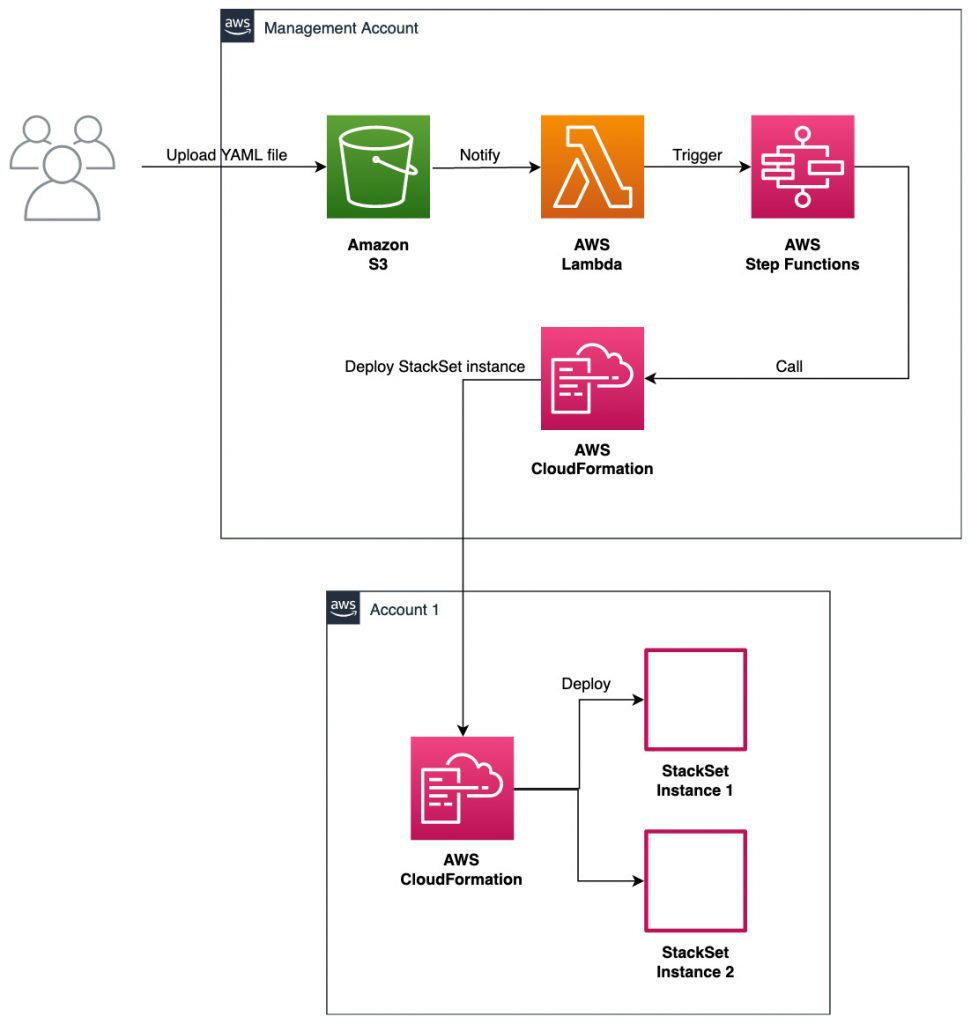AWS Cloud Operations & Migrations Blog
Category: Learning Levels
Manage Control Tower life cycle actions intelligently using AWS Service Catalog, AWS Config, Amazon DynamoDB and AWS CloudFormation
As customers create and manage multi-account AWS environments, cloud administrators need to process where each account can apply configuration autonomously from a centralize configuration repository. Some of the customers I work with use AWS Control Tower to manage a multi account environment. Administrators use AWS Control Tower to create organization units for account grouping and […]
Distributed Tracing using AWS Distro for OpenTelemetry
More and more applications are being developed using serverless architectures with multiple microservices. Customers use managed AWS services including AWS Lambda, Amazon ECS and Amazon EKS running on Amazon Elastic Cloud Compute (EC2) and AWS Fargate for running their code along with services like Amazon API Gateway, Amazon SNS, Amazon SQS, Amazon DynamoDB, Amazon S3, and others. Developers use multiple […]
Communicate monitoring information by sharing Amazon CloudWatch dashboards
Amazon CloudWatch provides you with data and actionable insights to monitor the health and performance of your infrastructure and applications hosted on AWS and on-premises servers. CloudWatch dashboards and alarms enable you to to rapidly detect performance issues that affect end user experience. CloudWatch has added the ability to share dashboards with users outside of […]
Use AWS Systems Manager Explorer to optimize your compute resources across your AWS Organizations
As a solutions architect with AWS, I work with customers to right-size their Amazon Elastic Cloud Compute instances to achieve a balance between performance and cost. Optimization is an iterative task that involves several cycles of making changes, analyzing results, and repeating until you reach a satisfactory state. You need to understand the details of […]
Bring your own CLI to Session Manager with configurable shell profiles
In keeping with the principle that identity is the new perimeter, AWS Systems Manager Session Manager provides a mechanism for authenticated and authorized AWS Identity and Access Management (IAM) principals to gain data-plane shell access to Amazon EC2 instances, without setting up a traditional SSH pathway for access. It has become an indispensable tool for […]
AWS Organizations, AWS Config, and Terraform
In this post, I show how you can use AWS Organizations, AWS Config, and HashiCorp’s Terraform to deploy guardrails at scale. AWS Config provides configuration, compliance, and auditing features that are required for governing your resources and providing security posture assessment at scale. With its recent support for AWS Organizations, AWS Config makes it possible […]
AWS CloudFormation StackSet Orchestration: Automated deployment using AWS Step Functions
We often use AWS CloudFormation StackSets to automatically deploy infrastructure into many different accounts. Whether they are managed by AWS Control Tower or AWS Organizations, StackSets provide a simple and automated way to handle the creation of resources and infrastructure right after provisioning a new account. You can automatically deploy StackSets to accounts that belong […]
Send real-time alerts about application anomalies using AWS X-Ray insights
Today AWS X-Ray launches support for notifications to its insights. This means that on an X-Ray group where insights are enabled, you can now configure notifications to be sent to Amazon EventBridge. Through the use of anomaly detection, AWS X-Ray helps you analyze and debug distributed applications. AWS X-Ray Insights uses anomaly detection to create actionable insights […]
Use AWS License Manager API operations to manage your software licenses in the cloud
Learn with Shree on how to use AWS License Manager public API operations to manage your software licenses in the cloud.
Gain visibility into your Kubernetes spend with CloudZero and Amazon CloudWatch Container Insights
Container adoption has been increasing rapidly in the past few years. Customers are deploying workloads of all sizes on Amazon Elastic Kubernetes Service (Amazon EKS). Typically, cluster administrators deploy several business applications and workloads on a cluster to achieve more efficient deployment density. On large clusters in a shared infrastructure where workloads of different sizes […]









